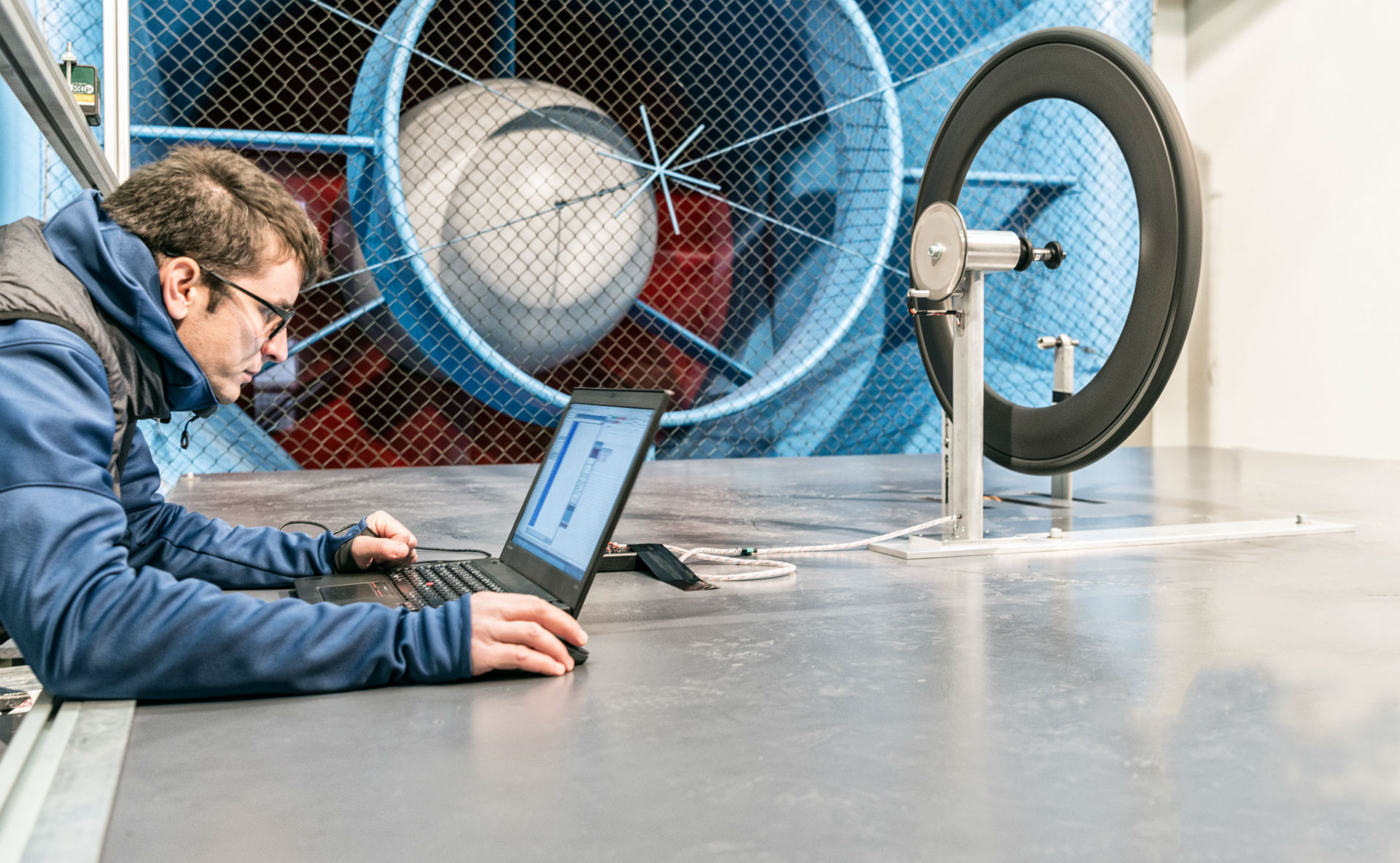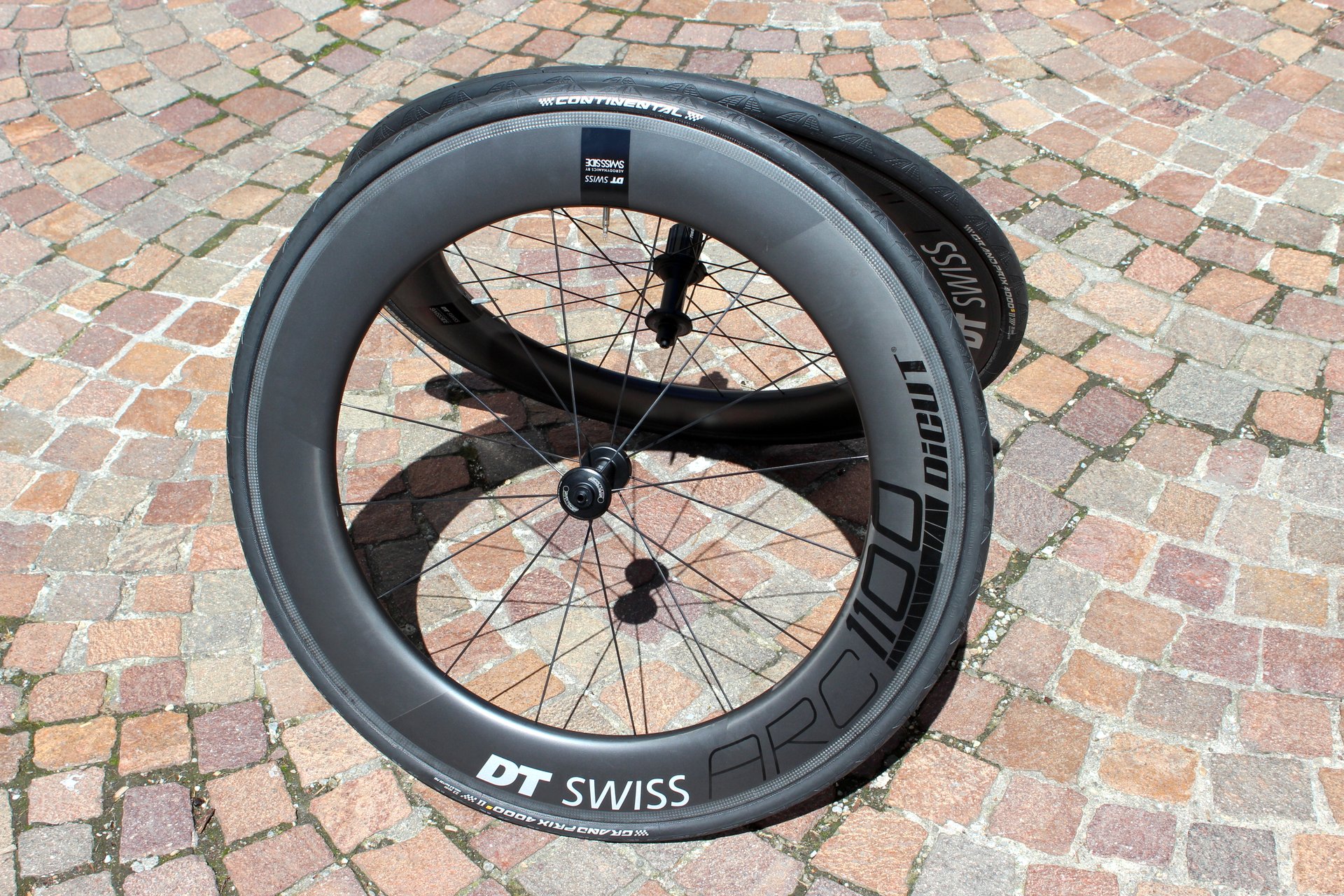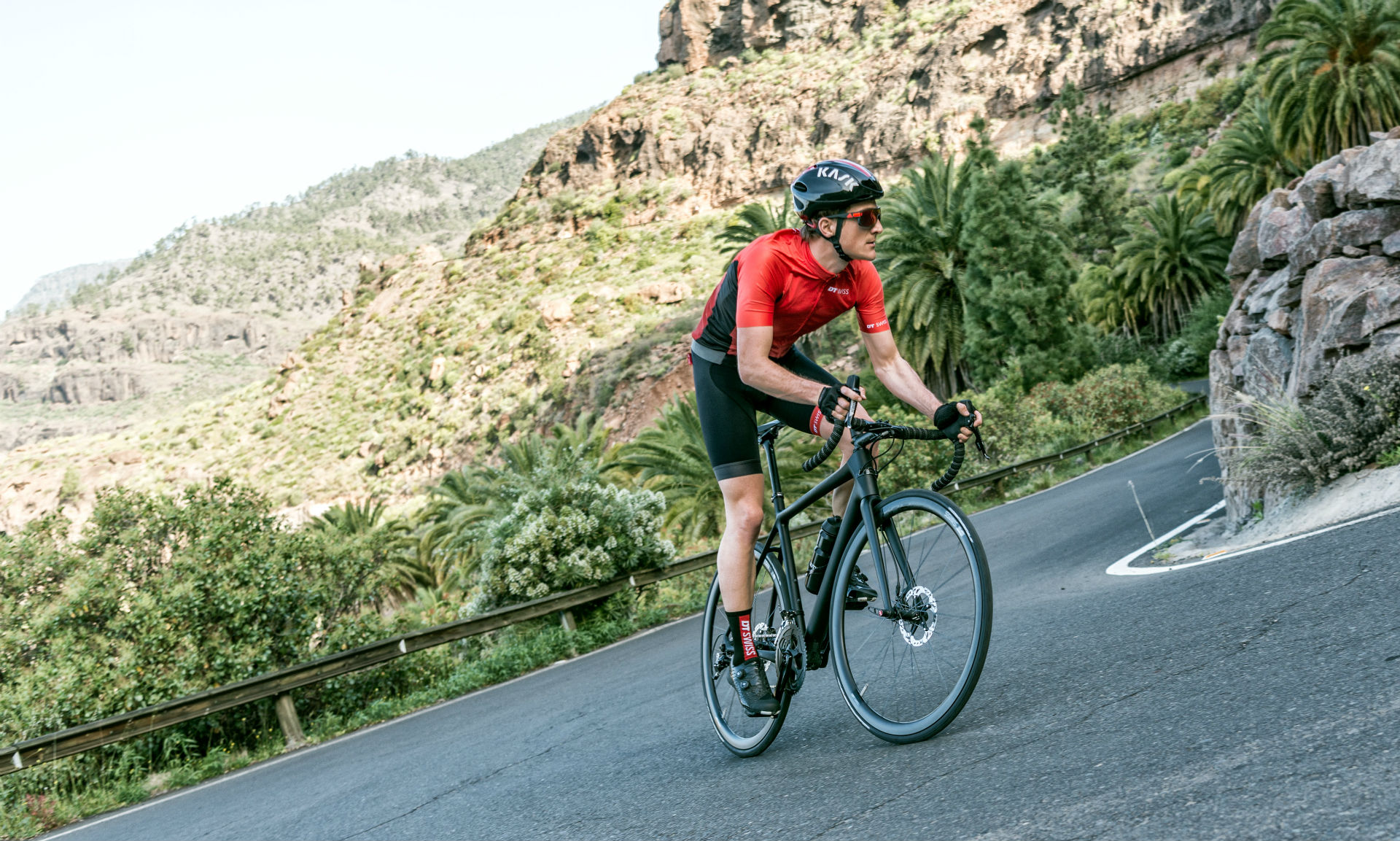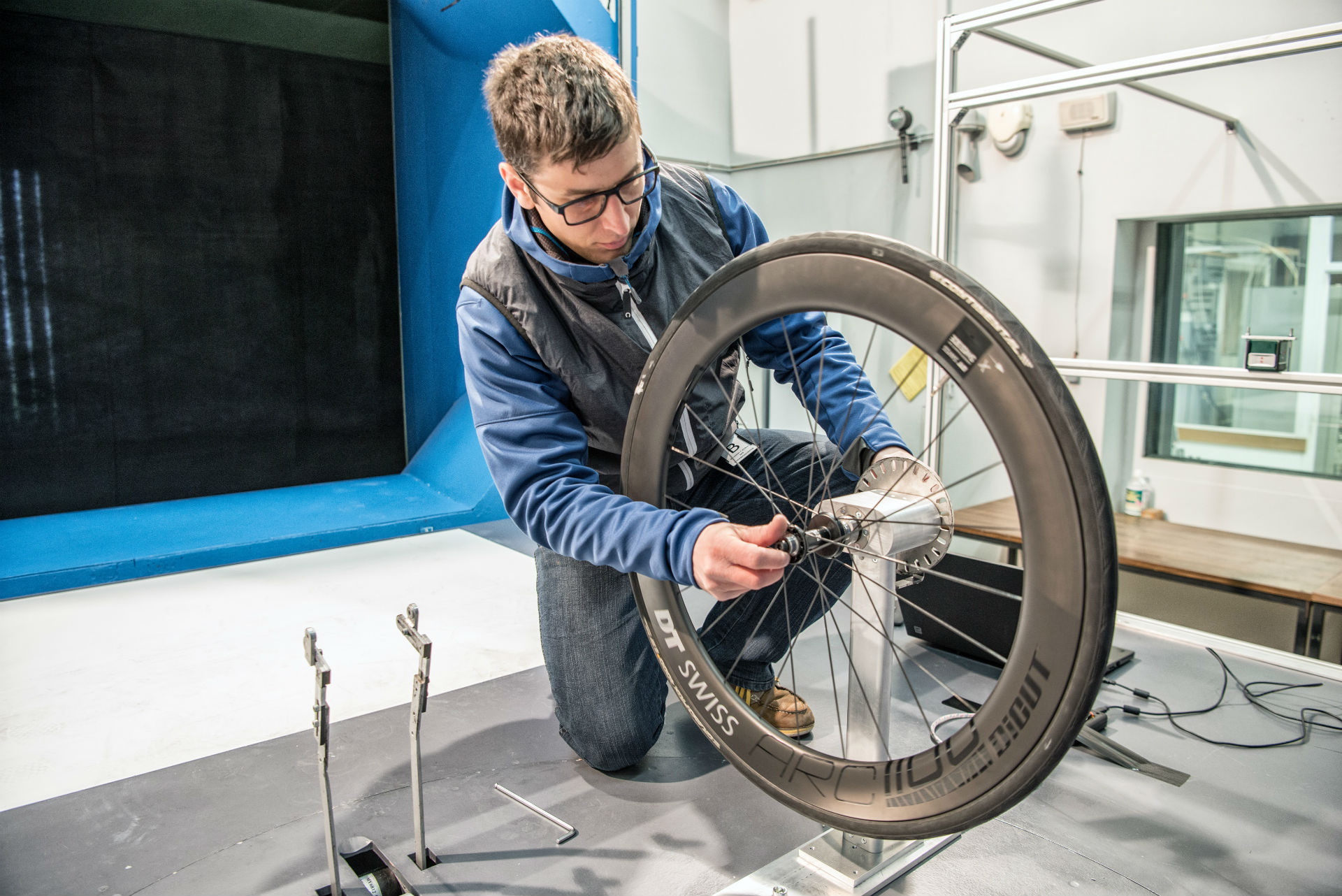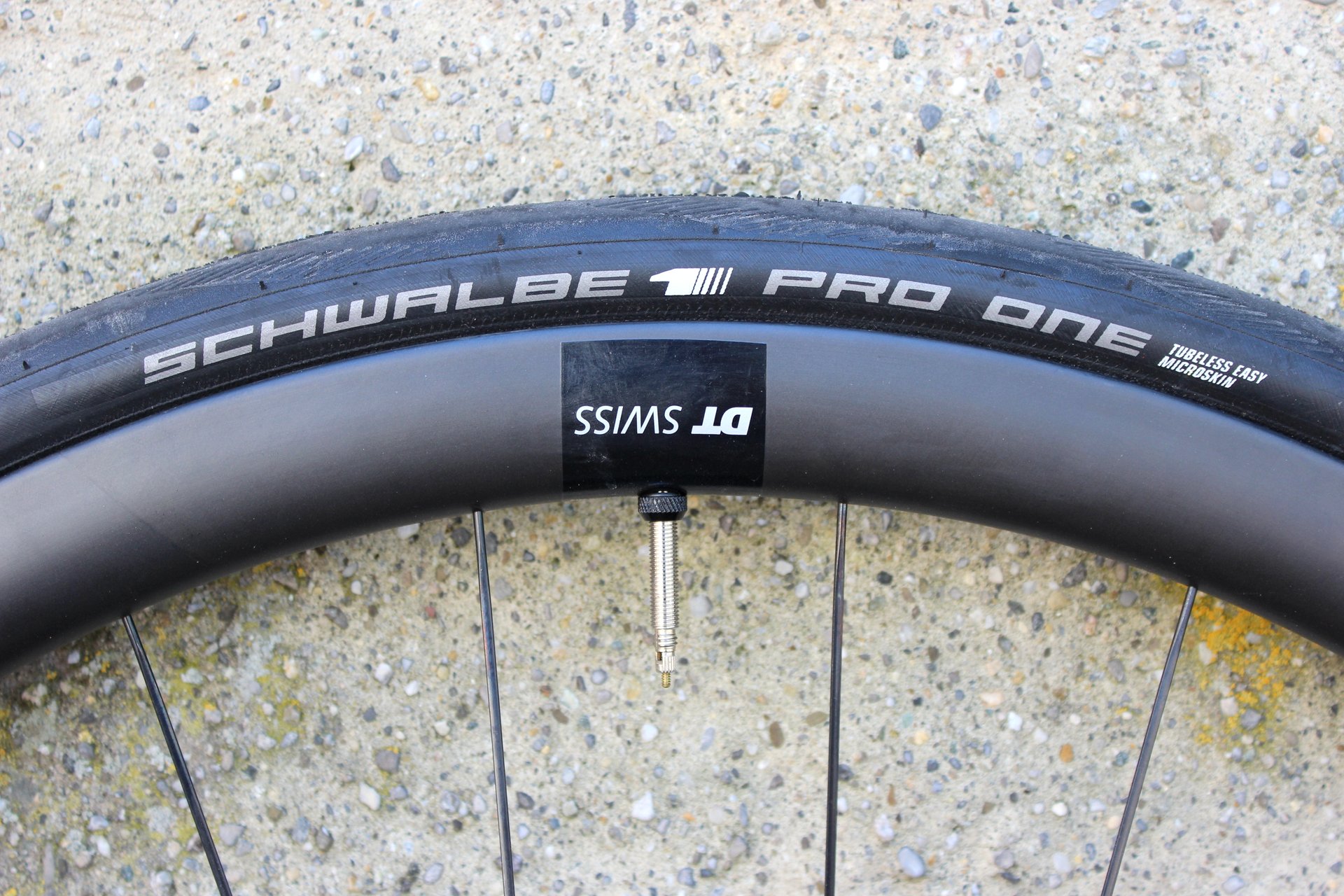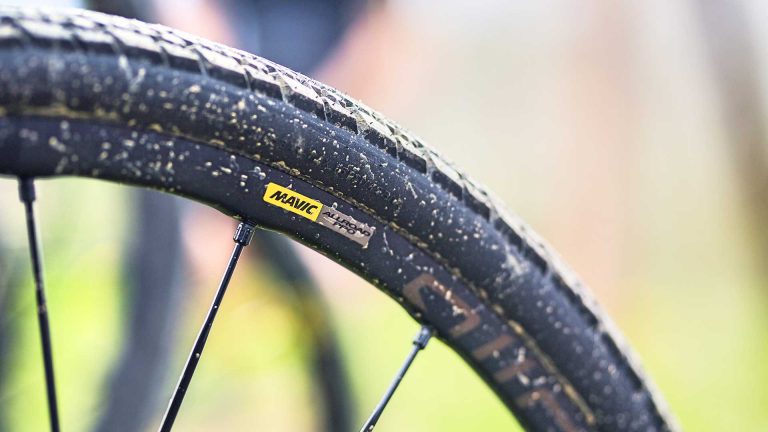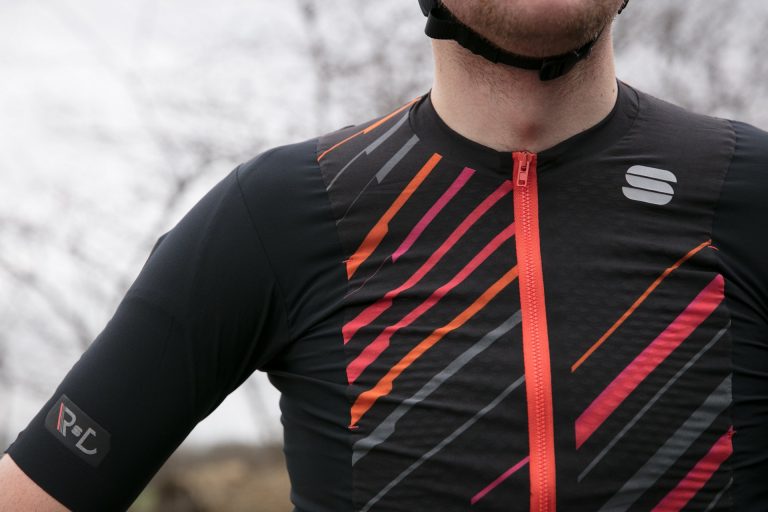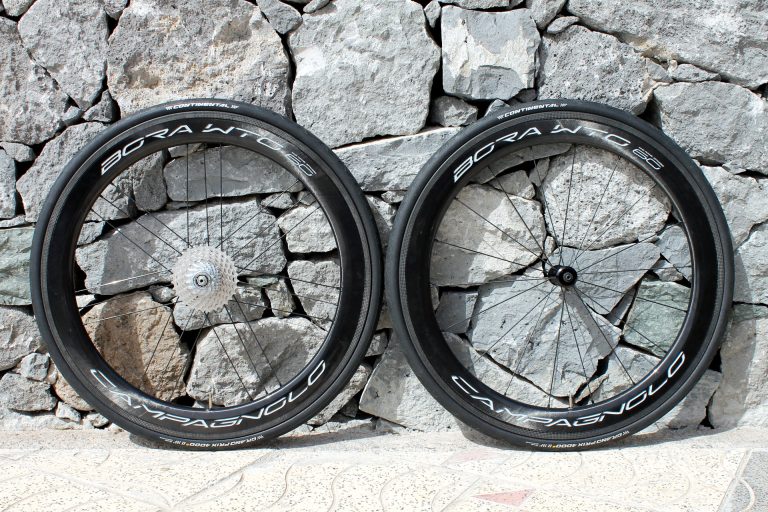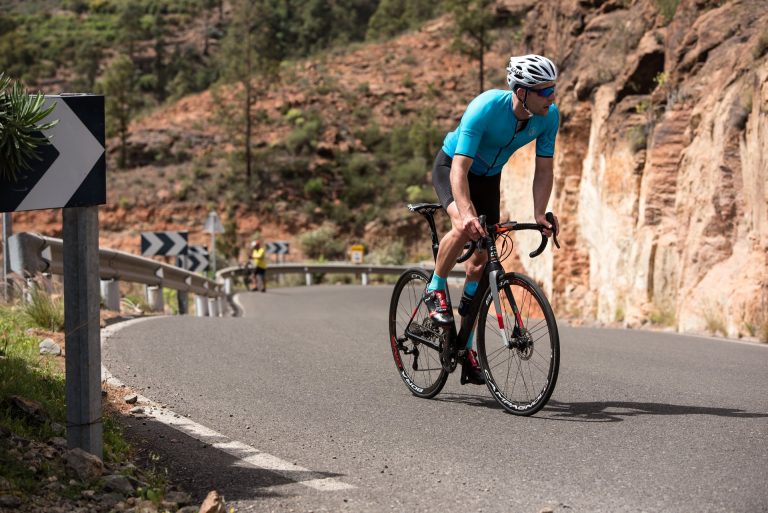While they may differ in depth, all three rims share the same 17mm inner rim width – down 2mm on the ERC endurance wheels. “Rule number one in aerodynamics, frontal area is king,” says Ballard, and the 17mm rim width is said to offer ideal compatibility with 23mm and 25mm tyres. Ballard recommends running the ARCs with a 23mm tyre at the front to reduce the frontal area and 25mm at the rear to add a little more comfort into the mix.
Whether you choose the rim brake or disc brake wheels, the rim shape is identical and designed with a dual aerodynamic goal in mind: to reduce drag in the wind tunnel and increase stability out there in the real world.
Flat out fast?
The ARC rim profile is based on Swiss Side’s Hadron Ultimate 800, though DT Swiss say they’ve managed to increase performance by improving the ARC’s stall behaviour. Stall behaviour refers to the stability of the wheel, when the oncoming airflow angle is high enough that it does not hold onto the rim surface (thus detaching the flow). It’s the reason for that buffering effect you might have experienced with some deep-section wheels in blowy conditions.
This improvement is key, according to Ballard. Sixty-nine per cent of a rider’s effort goes into overcoming aerodynamic drag, compared to only 16 per cent for weight and 15 per cent for rolling resistance, and while the wheelset only makes up eight per cent of the overall drag package, the rider contributes 75 per cent, so by improving the wheelset’s stall behaviour – and crosswind stability – the rider should be able to stay in an aero position for longer.
Naturally, the ARC 1100 Dicut 48 wheels offer the best performance in blustery conditions, but in return, DT Swiss say the increased depth of the 62mm and 80mm wheels creates negative drag at high yaw (wind) angles – essentially working to push the bike and rider forwards – and a gain of up to ten watts with the 80mm wheels in the right conditions. That’s the sailing effect we were talking about.
Taking the deepest wheelset as an example, DT Swiss say the ARC 1100 Dicut 80 offers the same sailing effect as the Zipp 808 NSW, a wheelset DT refer to as the previous industry benchmark, but overall drag is reduced by one watt across yaw angles from -20 to +20 degrees. It’s a marginal gain, no doubt about that, but one which DT Swiss reckon translates into a drag reduction of 10 per cent.






